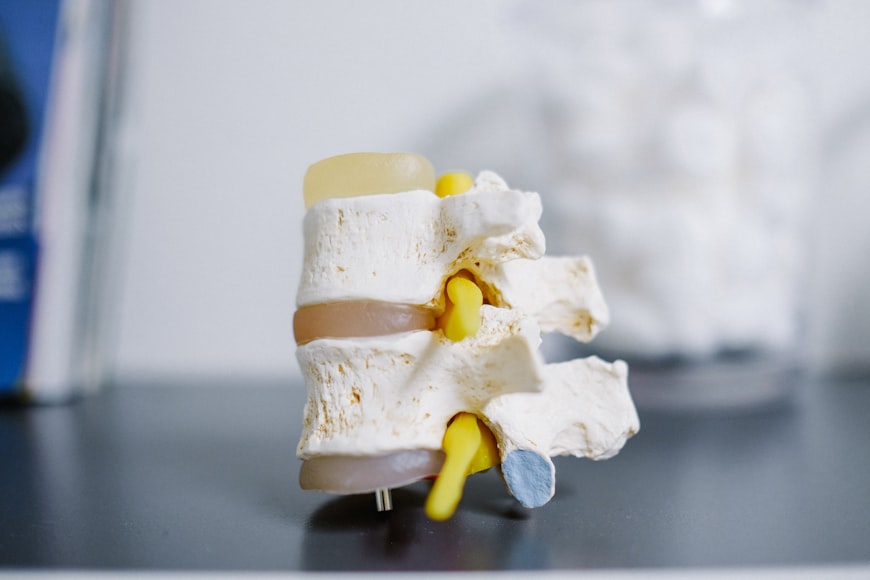Table of Contents
If you’ve accidentally bent over after spinal fusion, it’s important to understand what risks are involved and when to seek medical advice. Accidentally bending over after spinal fusion can be alarming, especially given the delicate recovery process following such a major surgery. Many patients worry about the potential damage or setbacks this might cause. While occasional movements may not always lead to complications, knowing how to handle the situation is crucial for proper healing and avoiding further strain on your spine.
Spinal fusion surgery is a significant medical procedure that requires careful post-operative care. One of the most crucial aspects of recovery is avoiding certain movements, particularly bending. However, what happens if you accidentally bent over after spinal fusion? This common concern among patients can cause anxiety and uncertainty about the healing process.
In this article, we’ll explore the implications of unintentional bending following spinal fusion surgery. We’ll discuss why bending is restricted, what risks it may pose, and what steps you should take if you find yourself in this situation. Whether you’re a patient recovering from spinal fusion or a caregiver assisting someone through this process, understanding these aspects is crucial for ensuring a smooth and successful recovery.
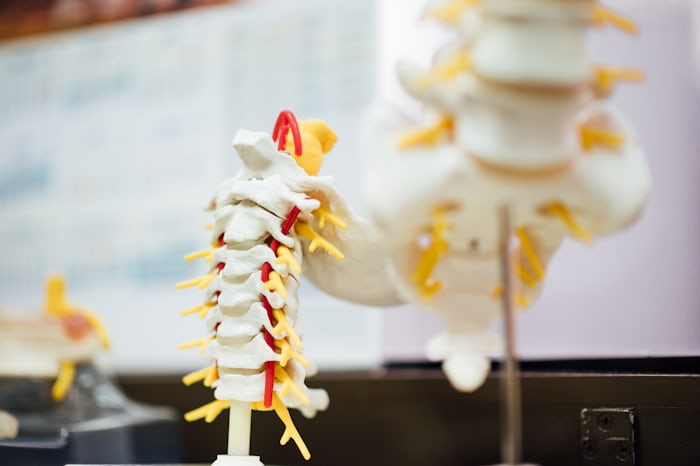
Understanding Spinal Fusion
A Brief Overview
Spinal fusion is a surgical procedure designed to permanently connect two or more vertebrae in the spine, eliminating motion between them. This technique is often used to treat a variety of spinal conditions, including degenerative disc disease, spinal stenosis, scoliosis, or fractures. During the procedure, a surgeon places bone or a bone-like material between the affected vertebrae. Metal plates, screws, or rods may be used to hold the vertebrae together, promoting fusion as the body heals. Over time, the vertebrae grow together to form a single, solid bone.
The primary goals of spinal fusion are to:
- Reduce pain by limiting movement between vertebrae
- Stabilize the spine
- Correct deformities or misalignments
It’s important to understand that spinal fusion is a major surgery that requires significant recovery time. The fusion process itself can take several months to a year to complete fully. During this time, the newly fused segment of the spine is vulnerable, which is why specific post-operative care instructions, including restrictions on bending and twisting, are crucial. Patients undergoing spinal fusion may experience reduced flexibility in the fused area of the spine. However, this is often outweighed by the benefits of pain reduction and increased stability.
The extent of flexibility loss depends on factors such as the number of vertebrae fused and their location in the spine. Understanding the basics of spinal fusion helps patients recognize why certain precautions, like avoiding bending, are so important during the recovery process. It sets the foundation for comprehending the risks associated with accidental bending and the steps needed to ensure proper healing.
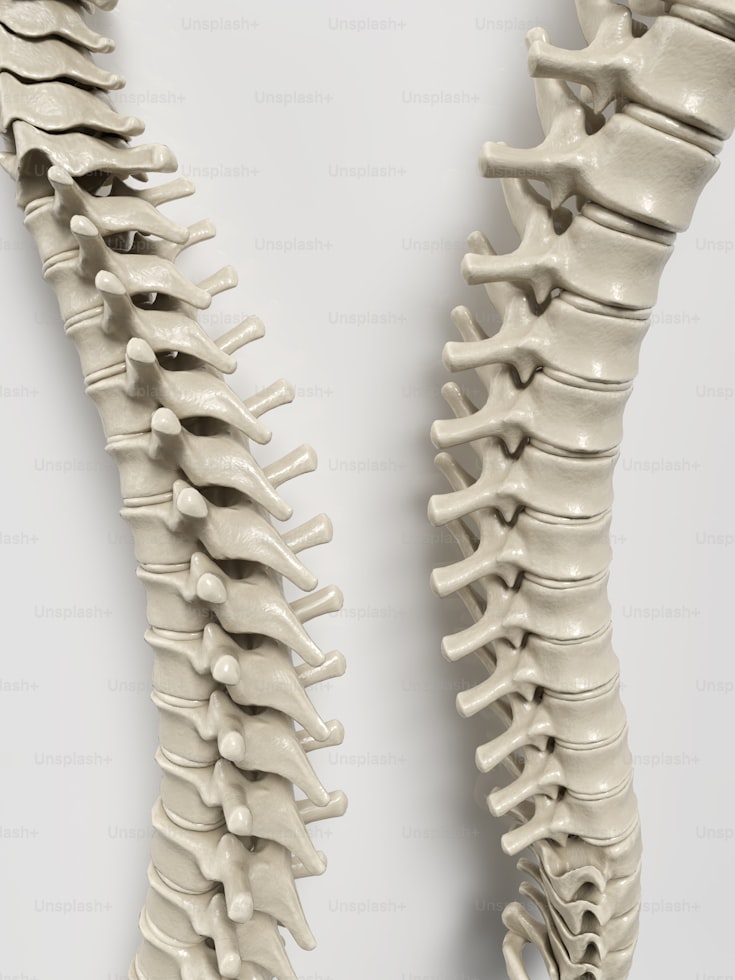
Post-Surgery Precautions
Why Bending is Restricted
After spinal fusion surgery, patients are given strict instructions to avoid bending, especially during the initial recovery period. Understanding why bending is restricted is crucial for those who may have accidentally bent over after spinal fusion.
The primary reason for this restriction is to protect the surgical site and allow proper fusion of the vertebrae. When you accidentally bend over after spinal fusion, you risk disrupting the healing process. Bending puts undue stress on the fused vertebrae and the hardware used to stabilize them. This stress can potentially lead to complications, which is why it’s essential to follow your surgeon’s guidelines carefully.
Here are the key reasons why bending is restricted after spinal fusion:
- Protect the fusion site: The newly fused vertebrae need time to grow together. Bending can interfere with this process, potentially leading to a failed fusion.
- Prevent hardware damage: If you accidentally bent over after spinal fusion, you might stress the screws, rods, or plates used in the procedure. This could cause them to loosen or even break.
- Avoid muscle strain: Bending engages the back muscles, which need time to heal after surgery. Accidentally bending over after spinal fusion could strain these muscles, causing pain and potentially slowing recovery.
- Maintain proper spine alignment: Bending can alter the spine’s alignment, which is crucial for proper healing after fusion surgery.
- Reduce the risk of re-injury: If you accidentally bent over after spinal fusion, you might aggravate the condition that necessitated the surgery in the first place.
It’s important to note that the duration of bending restrictions can vary depending on the type and extent of the spinal fusion performed. Some patients may need to avoid bending for several weeks, while others might have restrictions for several months. Always follow your surgeon’s specific instructions regarding bending and other movements.
If you’ve accidentally bent over after spinal fusion, it’s crucial to inform your healthcare provider. They can assess whether any damage has occurred and provide guidance on how to proceed with your recovery. Remember, while accidentally bending over after spinal fusion can be concerning, being vigilant about following post-surgery precautions will significantly contribute to a successful recovery.
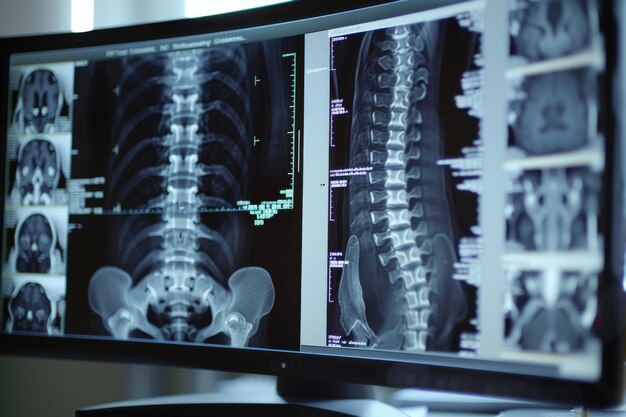
Accidental Bending: Potential Risks and Consequences
If you’ve accidentally bent over after spinal fusion, it’s natural to feel concerned about the potential risks and consequences. Understanding these risks can help you better appreciate the importance of following post-operative instructions and know what to look out for if you’ve accidentally bent over after spinal fusion.
Potential risks of accidentally bending over after spinal fusion include:
- Disruption of the fusion process: When you accidentally bend over after spinal fusion, you risk interfering with the delicate bone growth necessary for successful fusion. This could potentially lead to a condition called pseudarthrosis, where the vertebrae fail to fuse properly.
- Hardware complications: Accidentally bending over after spinal fusion can put excessive stress on the implanted hardware. This might cause screws or rods to loosen, shift, or even break, potentially requiring additional surgery to correct.
- Increased pain: If you’ve accidentally bent over after spinal fusion, you may experience a sudden increase in pain. This could be due to strain on the healing tissues or pressure on the surgical site.
- Delayed healing: Accidentally bending over after spinal fusion may slow down the overall healing process, potentially extending your recovery time.
- Re-injury or new injury: There’s a risk of re-injuring the area that was operated on or causing a new injury to adjacent spinal segments when you accidentally bend over after spinal fusion.
- Muscle strain: Accidentally bending over after spinal fusion can strain the back muscles that are still recovering from the surgery, potentially causing additional pain and discomfort.
- Nerve compression: In some cases, accidentally bending over after spinal fusion might cause temporary or prolonged nerve compression, leading to symptoms such as numbness, tingling, or weakness in the extremities. It’s important to note that not everyone who accidentally bends over after spinal fusion will experience these complications. The severity and likelihood of these risks can depend on factors such as the extent of the fusion, the time since surgery, and the individual’s overall health and healing progress.
However, if you’ve accidentally bent over after spinal fusion, it’s crucial to monitor yourself for any new or worsening symptoms. These might include increased pain, new onset of numbness or tingling, difficulty moving, or any unusual sensations around the surgical site.
Remember, while accidentally bending over after spinal fusion is concerning, staying calm and taking appropriate action (which we’ll discuss in the next section) can help mitigate potential risks. Always consult with your healthcare provider if you have any concerns about your recovery or if you’ve accidentally bent over after spinal fusion.

Immediate Steps to Take After Accidentally Bending
If you’ve accidentally bent over after spinal fusion, follow these steps:
- Stop and straighten up slowly: Don’t jerk back into an upright position, as this could cause further strain.
- Assess your pain level: Note any new or increased pain, but try to stay calm.
- Rest in a comfortable position: Lie down if possible, using pillows to support your spine in a neutral position.
- Apply ice: If you experience increased pain, apply ice to the affected area for 15-20 minutes to reduce potential inflammation.
- Monitor for new symptoms: Watch for numbness, tingling, weakness, or changes in bowel/bladder function.
- Contact your healthcare provider: Inform them about the incident, describing what happened and any symptoms you’re experiencing.
- Follow medical advice: Your provider may recommend coming in for an evaluation or provide specific instructions for home care.
- Document the incident: Note the date, time, and circumstances of the accidental bending for future reference.
- Review your post-operative instructions: Refresh your memory on movement restrictions and proper body mechanics.
- Don’t panic: Many patients who accidentally bend experience no long-term consequences, but it’s important to be cautious and informed.
- Avoid repeating the movement: Be extra vigilant about your movements in the following days to prevent another incident.
- Consider using assistive devices: If you don’t already have them, tools like reachers or grabbers can help you avoid bending in the future. Remember, while accidentally bending is concerning, prompt and appropriate action can help minimize potential complications. Always prioritize open communication with your healthcare team throughout your recovery process.
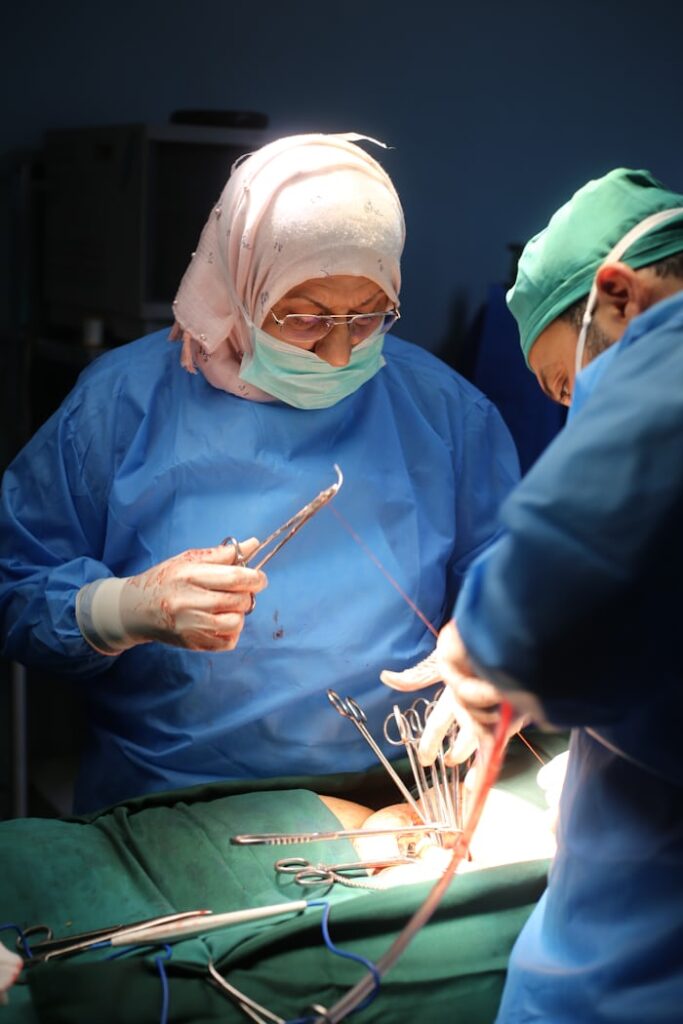
Prevention and Long-Term Recovery Strategies
• Follow post-operative instructions carefully:
Adhere strictly to your surgeon’s guidelines on movement restrictions and activity levels.
• Practice proper body mechanics:
– Keep your spine in a neutral position
– Bend at the knees and hips, not the waist – Use your legs to lift, not your back
• Use assistive devices
– Long-handled reachers or grabbers for picking up objects
– Raised toilet seats to avoid excessive bending
– Shower chairs to maintain stability while bathing
• Modify your environment
– Place frequently used items at waist level
– Install handrails in bathrooms and stairways – Use a firm, supportive mattress
• Engage in approved exercises
– Follow your physical therapist’s prescribed routine
– Focus on core strengthening and stability exercises
– Gradually increase activity levels as advised by your healthcare team
• Maintain a healthy lifestyle
– Eat a nutritious diet rich in calcium and vitamin D to support bone health
– Stay hydrated to maintain spinal disc health
– Avoid smoking, which can impede healing and fusion
• Wear your brace as directed
If prescribed, use your brace consistently to provide additional support during recovery.
• Practice mindfulness
Stay aware of your body positioning and movements throughout the day.
• Attend all follow-up appointments
Regular check-ins allow your healthcare team to monitor your progress and adjust your recovery plan if needed.

• Manage pain appropriately
Use prescribed medications as directed and explore approved non-pharmacological pain management techniques.
• Be patient with your recovery
Fusion can take several months to a year to fully heal; don’t rush the process.
• Communicate with your healthcare team
Report any concerns or changes in your condition promptly.
• Gradually return to activities
As you heal, slowly reintroduce activities under your doctor’s guidance.
• Consider occupational therapy
Learn strategies for performing daily activities safely during your recovery.
• Maintain long-term spine health
Even after full recovery, continue to practice good posture and spine-friendly habits to protect your back in the long run.
Remember, recovery from spinal fusion is a gradual process. By consistently following these strategies, you can minimize the risk of accidental bending and promote optimal healing for a successful long-term outcome.

